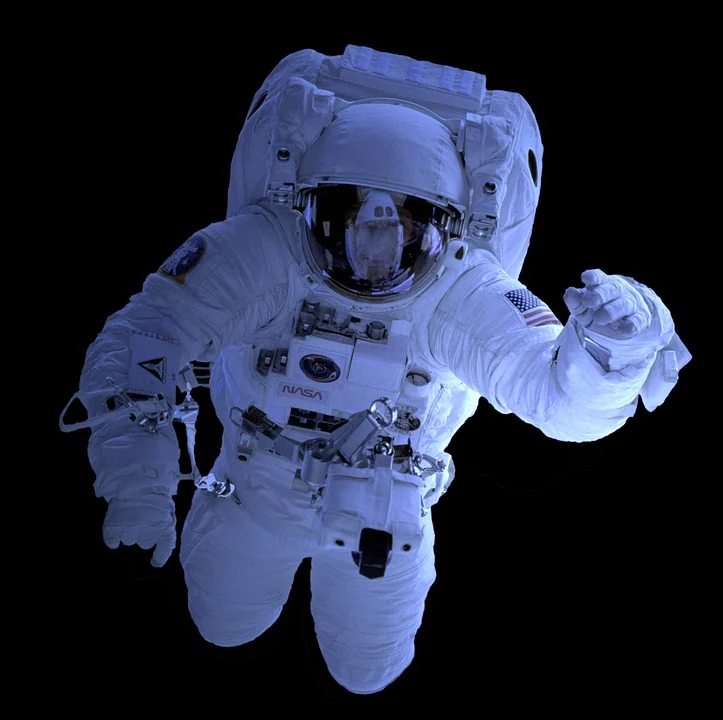Humans on Mars may one day enter a 3D scanner and get a spacesuit tailored to their exact body form and size made for them on the red planet.
If NASA astronauts visiting Mars walked into a 3D scanner, they could have a personalized spacesuit constructed in minutes. Space travel necessitates the use of sophisticated technology, and the spacesuit is among the most complicated components. The spacesuit is intended to function as a self-contained spaceship that keeps humans safe while in space.
Spacesuits must be able to withstand the severe conditions of space, including vacuums and high temperatures, while yet being flexible enough to be used for work and living. After NASA anticipated that it would cost $1 billion to create spacesuits for the Moon in 2021, the intricacy of spacesuits became apparent to everyone. The Artemis Moon expedition will need the development of new spacesuits; however, the method NASA now manufactures them is both costly and time-consuming since it obtains the different pieces from separate suppliers.
By selecting and supporting a new project that will construct astronaut suits by scanning them and 3D printing them, NASA hopes to advance the field of space exploration. Space alternatives for the Mars trips will be provided by the suit, which will be worn by astronauts throughout their trips.
An essential system and digital equipment will be used to investigate the feasibility of producing cost-effective, excellent performance spacesuits for Mars and even beyond as part of the 3D spacesuit scanner and printer proposition. Missions to Mars encounter challenges such as the need to repair or fabricate spacesuits on the ground.
On the Red Planet, this new technology would be established, and it would be entirely self-sufficient and autonomous. By 2030, NASA anticipates people to take daily walks across Mars, and after a base has been established, astronauts will be rotated. When thinking about future trips, the advantages of using a spacesuit in-situ become apparent.















Leave a Reply